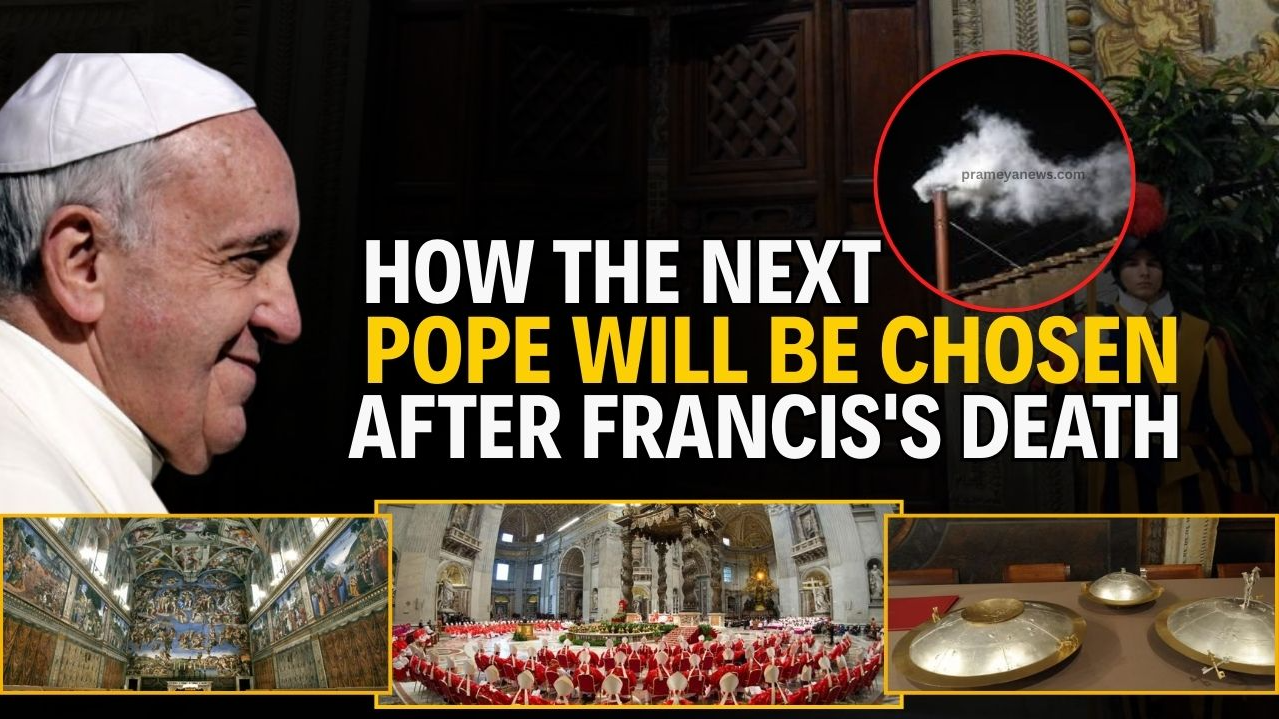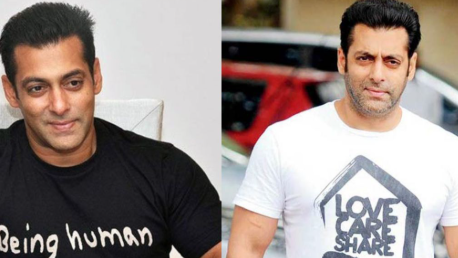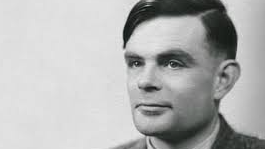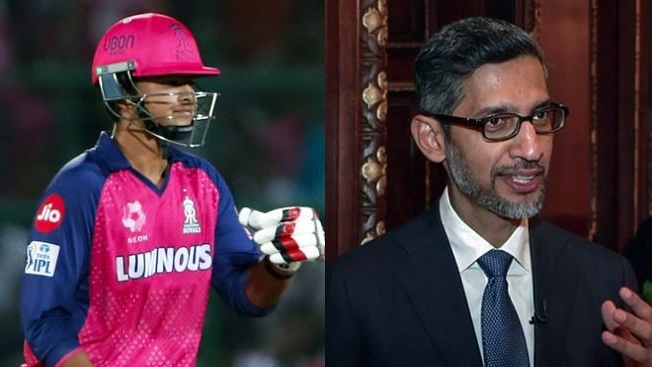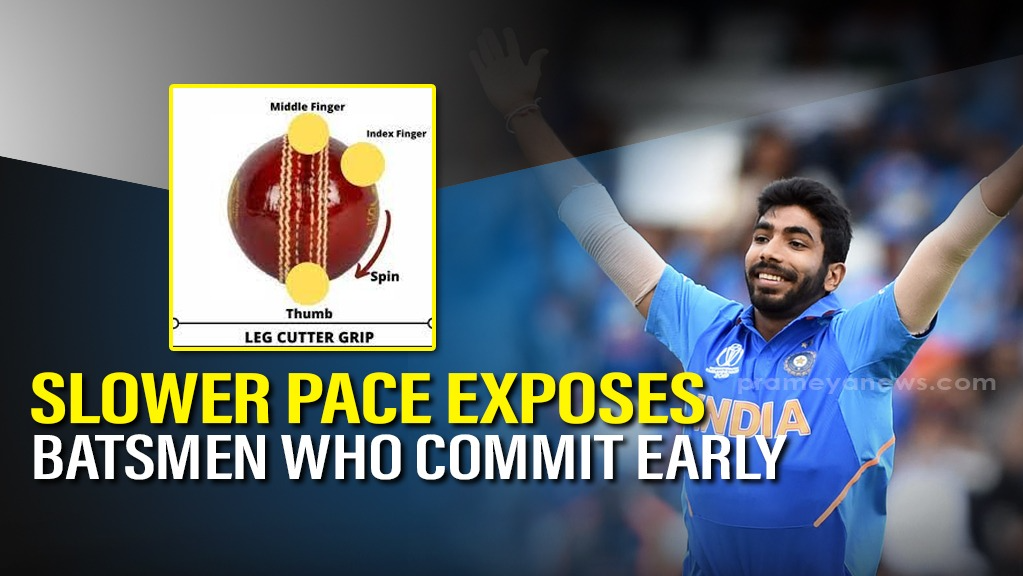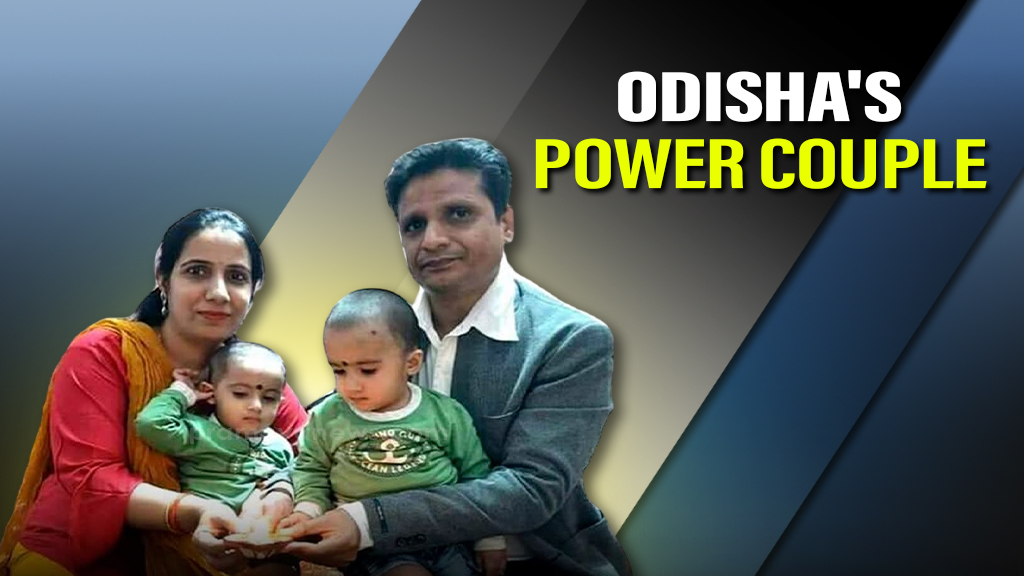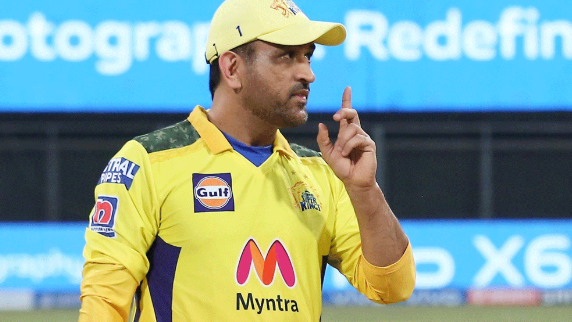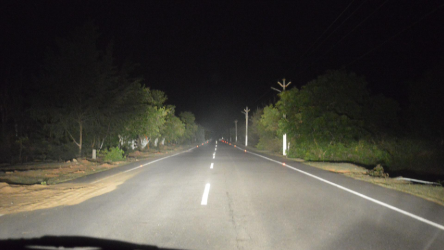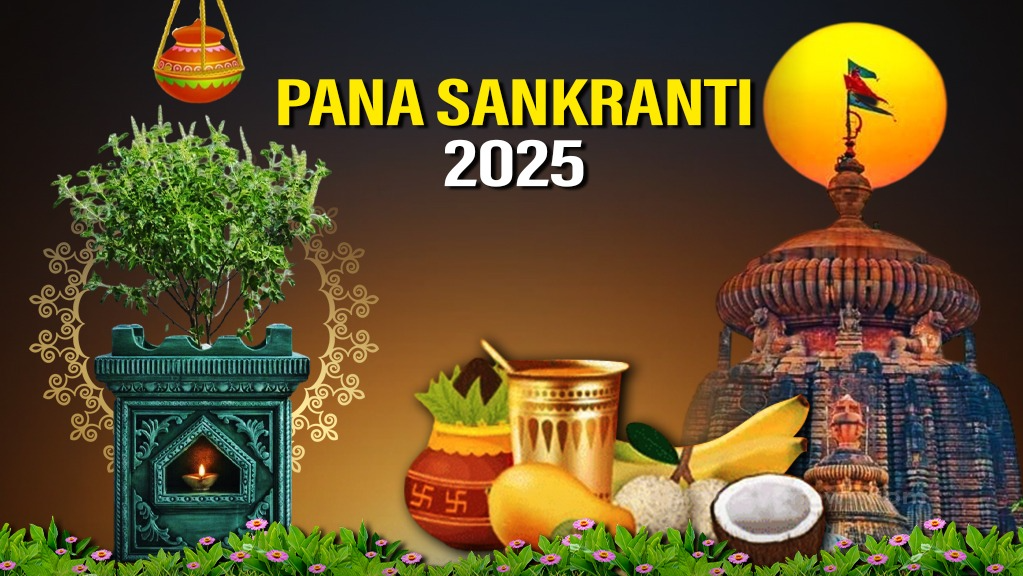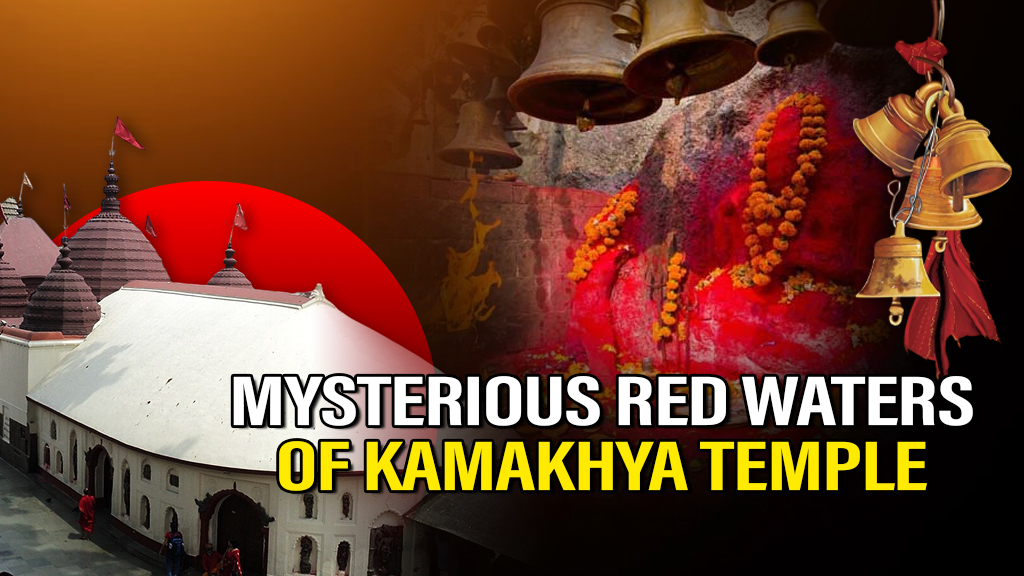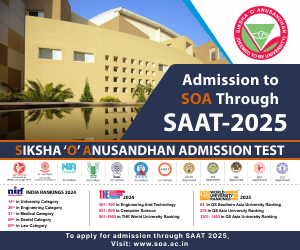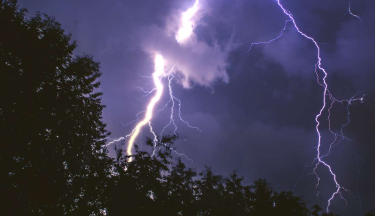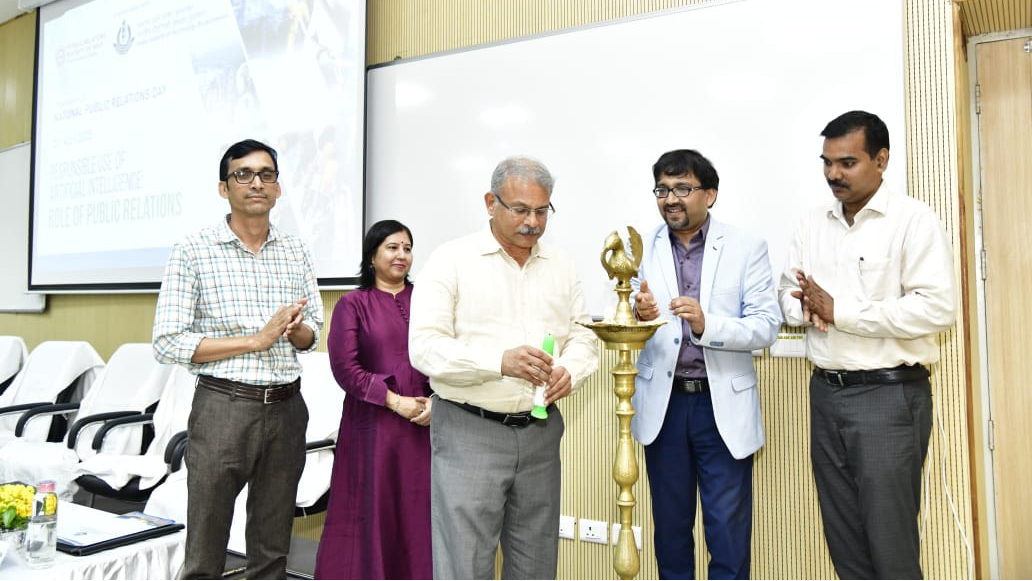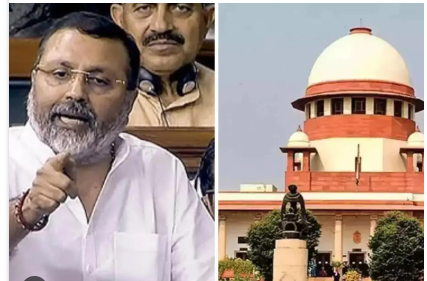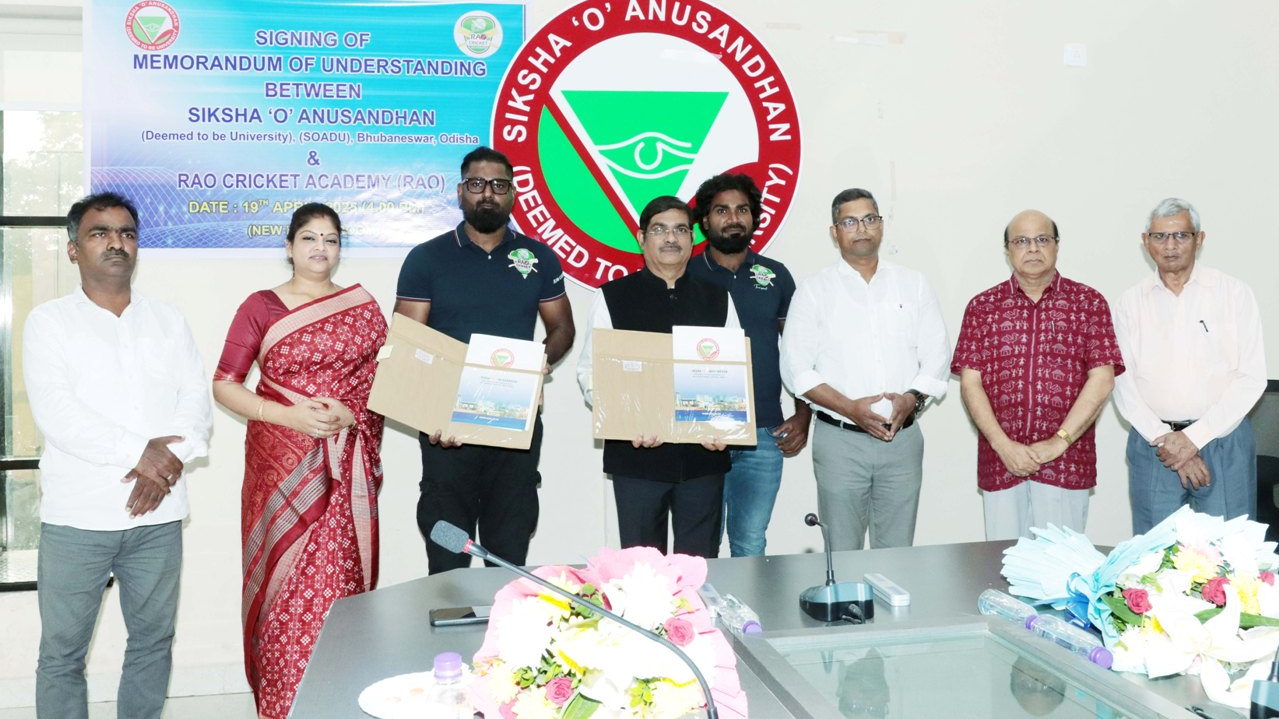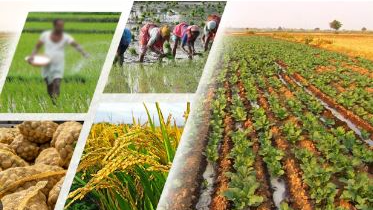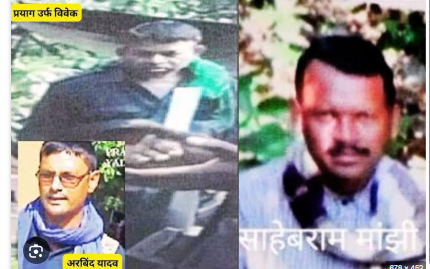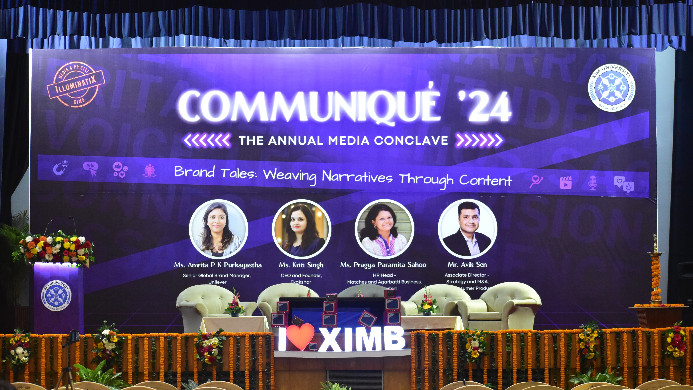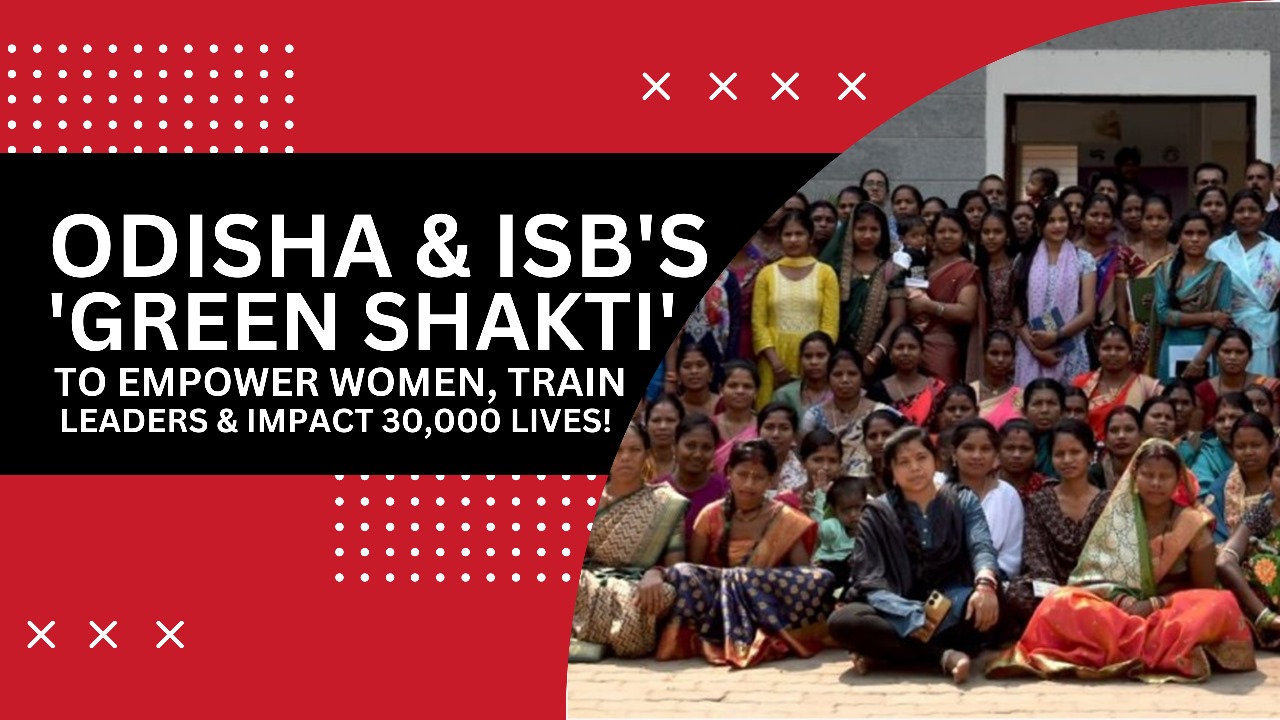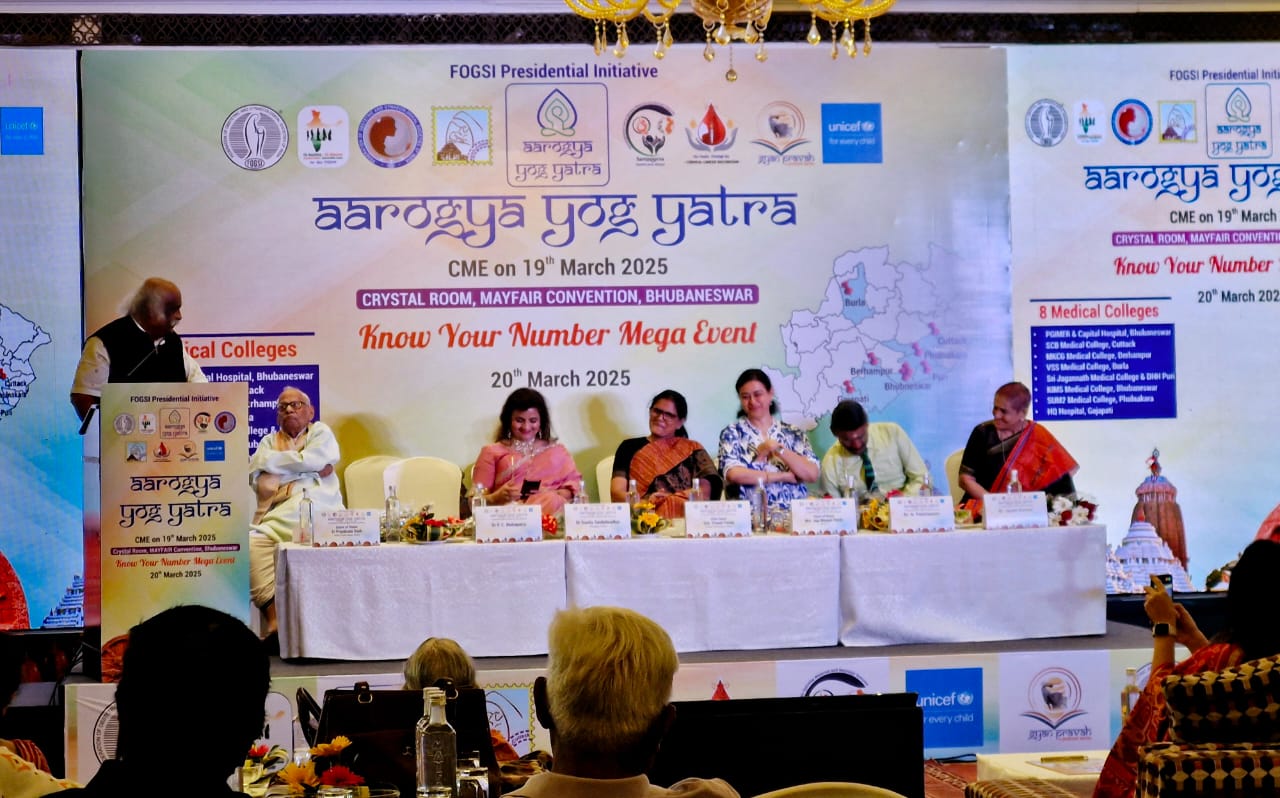Pope Francis's Passing and the Conclave to Elect a New Pope
The Roman Catholic Church and the global community are mourning the death of Pope Francis, the Bishop of Rome, who passed away on Monday, April 21st, 2025, at the age of 88. His death, following recent periods of ill health, marks the end of a significant pontificate and initiates a period of transition known as the sede vacante (vacant see). As the Church enters this solemn phase, attention turns to the ancient, intricate, and highly secretive process known as the papal conclave, during which the College of Cardinals will gather to elect the next Supreme Pontiff. Explained, how Pope Francis passed away and the process for electing the next Pope.
Passing of Pope Francis
The official announcement of the pontiff's death came from Cardinal Kevin Farrell, who stated, "At 7:35 this morning, the Bishop of Rome, Francis, returned to the home of the Father. His entire life was dedicated to the service of the Lord and of his Church." Cardinal Farrell commended Pope Francis for teaching the faithful "to live the values of the Gospel with faithfulness, courage, and universal love, especially for the poorest and most marginalised."
The Pope's passing occurred just a day after Easter Sunday, on which he had made a noteworthy public appearance, greeting tens of thousands gathered in St. Peter's Square from his popemobile and delivering the traditional Urbi et Orbi blessing. This appearance came roughly a month after a hospital stay for a severe case of pneumonia, highlighting the health challenges he faced in his later years. His death concludes a pontificate that began with his election in March 2013.
The Interregnum: Managing the Vacant See
With the Pope's death, the Church enters the interregnum, the period when the papal office is vacant. During this time, the day-to-day governance of the Holy See falls primarily to the Cardinal Camerlengo (Chamberlain). One of the Camerlengo's first duties is to formally verify the Pope's death, traditionally done in the presence of key Vatican officials. Following verification, the Camerlengo oversees the destruction of the late Pope's Fisherman's Ring and seal, symbols of his authority, to prevent their misuse. Most heads of Vatican departments lose their offices during the interregnum, with exceptions for crucial roles like the Camerlengo and the Major Penitentiary. The Camerlengo convenes and presides over meetings of the College of Cardinals to manage immediate affairs and prepare for the election.
The Papal Conclave
The election of a new Pope is entrusted exclusively to the College of Cardinals in a process known as the conclave (from the Latin cum clave, meaning "with a key," referring to the locked conditions under which they meet).
- Preparation and Timing: Following the Pope's death, the Dean of the College of Cardinals summons eligible electors to Rome. The conclave typically begins 15 to 20 days after the start of the sede vacante, allowing time for cardinal electors worldwide to travel to the Vatican. During this period, the cardinals hold daily meetings called General Congregations to discuss the state of the Church and the requirements for the new Pope. Preparations are made within Vatican City to accommodate the cardinals and ensure the complete secrecy of the Sistine Chapel, where voting takes place.
- Sequestration and Secrecy: On the morning the conclave begins, the cardinals celebrate a special Mass, Pro Eligendo Romano Pontifice (For the Election of the Roman Pontiff), usually in St. Peter's Basilica. In the afternoon, they process solemnly into the Sistine Chapel, chanting hymns invoking the guidance of the Holy Spirit. Once inside, each cardinal elector takes a solemn oath, swearing to observe the rules of the conclave, maintain absolute secrecy regarding the proceedings, and, if elected, faithfully fulfill the Petrine ministry. After the oaths, the Master of Papal Liturgical Celebrations proclaims "Extra omnes!" ("Everybody out!"), and all individuals not authorized to remain (primarily the cardinal electors, plus necessary support personnel like medical staff and confessors) must leave. The doors are then locked. The cardinals live, eat, and sleep within a sealed-off area of the Vatican for the duration of the conclave, completely cut off from external communication – no phones, internet, television, or mail are permitted.
- The Voting Process: Voting typically begins on the afternoon of the first day, with one ballot. On subsequent days, two ballots are usually held in the morning and two in the afternoon. Each cardinal writes the name of their chosen candidate on a rectangular ballot paper inscribed with the Latin words "Eligio in Summum Pontificem" ("I elect as Supreme Pontiff"). They disguise their handwriting and fold the ballot twice. Proceeding in order of precedence, each cardinal holds up their folded ballot, approaches the altar, takes an oath, and places the ballot onto a paten, then slides it into an urn. After all votes are cast, three cardinals chosen as scrutineers publicly count the ballots to ensure the number matches the number of electors. They then read out the name on each ballot, while other cardinals can track the tally. To be elected Pope, a candidate must receive a two-thirds majority of the votes cast.
- Communicating the Result (Smoke Signals): After the votes of each session (morning and afternoon) are counted and recorded, the ballots and any related notes are tied together and burned in a special stove installed in the Sistine Chapel. Chemicals are added to color the smoke produced, which is vented through a chimney visible from St. Peter's Square. Black smoke indicates that no Pope has been elected in that voting session. White smoke signals that a new Pope has been successfully elected and has accepted the office.
Election and Announcement
Once a candidate achieves the necessary two-thirds majority, the Dean of the College of Cardinals approaches him and asks in Latin: "Acceptasne electionem de te canonice factam in Summum Pontificem?" ("Do you accept your canonical election as Supreme Pontiff?"). Upon receiving an affirmative response (acceptance is required), the Dean then asks: "Quo nomine vis vocari?" ("By what name do you wish to be called?"). The moment the candidate accepts, he immediately becomes the Bishop of Rome, the Pope. After choosing his papal name, the new Pope is led to the "Room of Tears" adjacent to the chapel to be vested in white papal robes (prepared beforehand in three sizes). The remaining cardinals then approach the new Pope one by one to offer their respects and pledge obedience.
Shortly after, the Cardinal Protodeacon appears on the central balcony (Loggia of the Blessings) of St. Peter's Basilica to make the momentous announcement to the waiting crowd and the world: "Annuntio vobis gaudium magnum: Habemus Papam!" ("I announce to you a great joy: We have a Pope!"). He then reveals the first name of the newly elected cardinal and the papal name he has chosen. Following this announcement, the new Pope emerges onto the balcony to greet the public and deliver his first Urbi et Orbi ("To the City and the World") blessing.
The passing of Pope Francis marks a moment of profound sorrow and reflection for the Catholic Church worldwide. As the period of sede vacante begins, the Church turns to the age-old traditions of the papal conclave. This intricate process, steeped in history, prayer, and strict secrecy, highlights the unique nature of papal succession.








